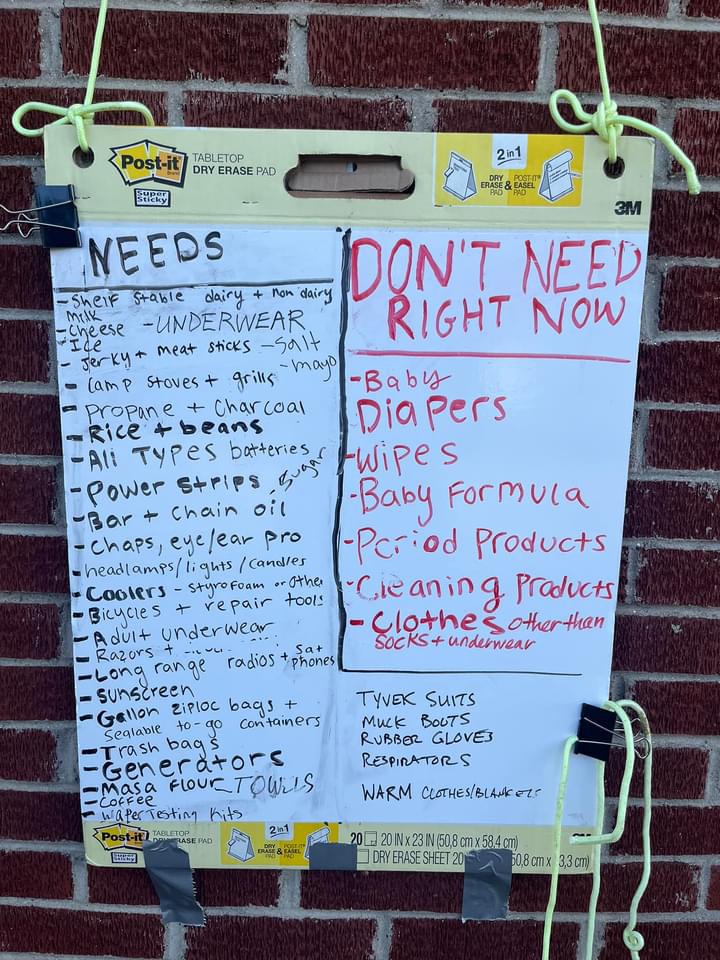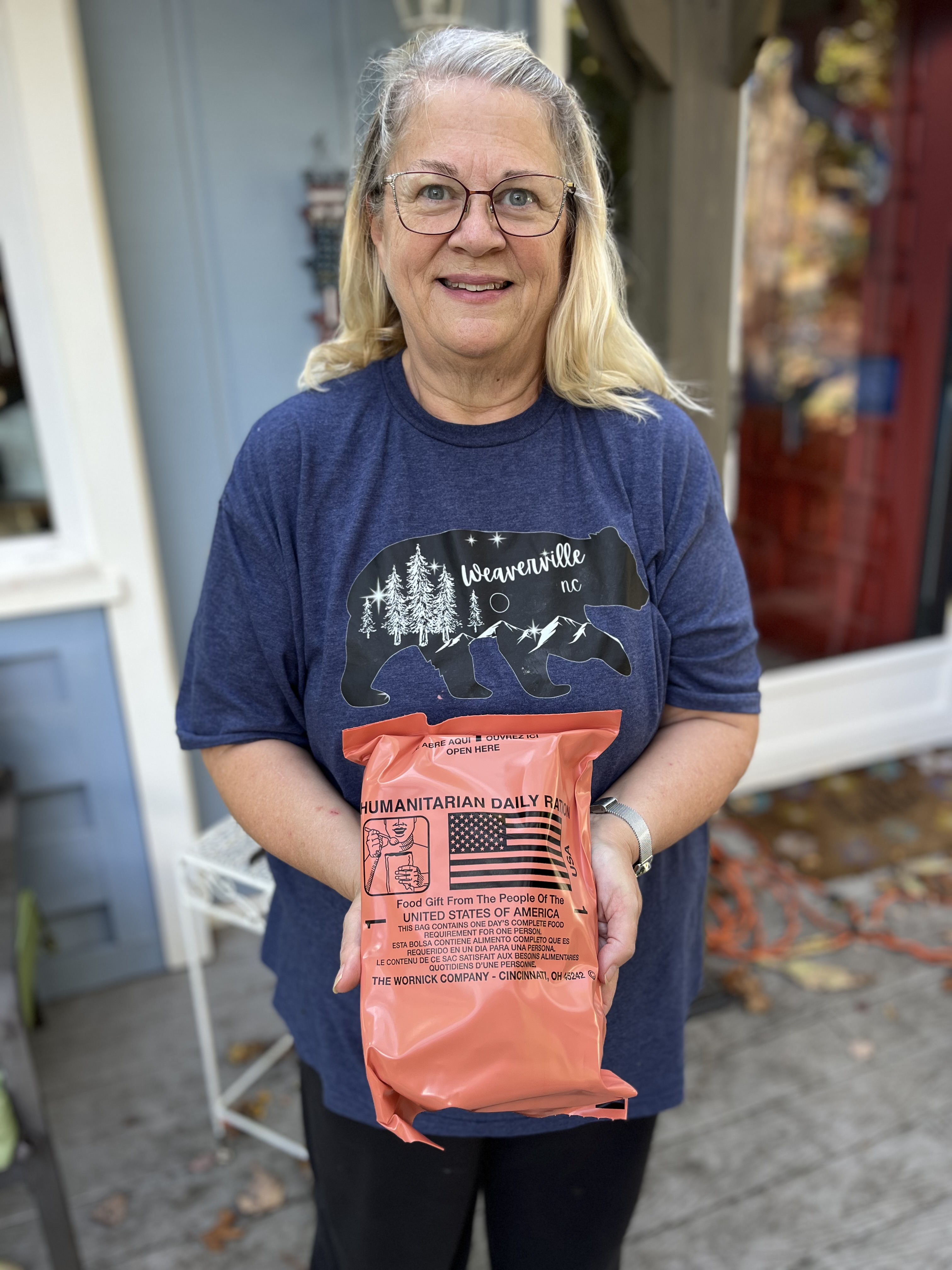Earlier than Hurricane Helene, had you stopped by one of many many breweries, artwork galleries, or award-winning eating places in Asheville, North Carolina, and spoken with anybody who lives in these components — together with me — most would have instructed you they felt fairly secure from local weather disasters.
The mountains of western North Carolina have been identified to flood: The realm is bursting with creeks and rivers and enjoys an abundance of rain. There are sometimes wildfires. However the ravages of the local weather disaster’s worst impacts — together with more and more highly effective hurricanes — felt like an issue for an additional place. Asheville sits nearly 250 miles from the closest shoreline.
After Hurricane Helene roared throughout the state, inflicting historic flooding, downing bushes, snapping energy strains, decimating water infrastructure, and resulting in the deaths of at the very least 72 individuals in Buncombe County alone, communities are nonetheless shaking off the shock of a storm they by no means thought might contact these mountains.
“People relocate to Asheville not just because it’s beautiful, but because it isn’t prone to natural disasters,” mentioned Katie Gebely, an artist in Asheville. “But that sense of safety is gone.”
I reside in Beech, a historic neighborhood in Weaverville, North Carolina, on the jap finish of a two-lane street referred to as Reems Creek, which is called after the waterway operating parallel to it. The city of Weaverville, simply north of Asheville, is 5 miles down the street.
Helene’s destruction created a serious drawback for individuals depending on insulin, energy wheelchairs, oxygen CPAP machines for sleep apnea, or house dialysis gear. With out electrical energy, their well being is in danger.
To get to Weaverville from Beech within the days instantly after the storm, automobiles needed to thump over dozens of downed energy strains. Different strains had been propped up with massive, downed tree limbs or tied up with rope so automobiles might get beneath them. Utility poles had been snapped in two. A transformer lay on the facet of the street, as did a somewhat massive boat, washed up from who is aware of the place. Simply final week, energy crews arrived on Reems Creek Highway, however there’s nonetheless no phrase on when everybody will regain electrical energy.
Jackie Martin of Canton, North Carolina, depends on supplemental oxygen for continual obstructive pulmonary illness and emphysema. When the storm hit, she had 4 hours’ value left. Due to her situation, Martin and her husband, David, have {an electrical} generator, which David checks each month to ensure it really works.
“We keep enough gas to run about eight hours,” Jackie Martin mentioned. However the Martins had been with out energy for almost every week. After they ran out of gasoline, their neighbors gave them the fuel from their garden mower. Then one other neighbor evacuated and supplied his propane generator. The Martins’ daughter got here by means of with 4 tanks of propane.
“We went through tons of gas and propane,” Jackie Martin mentioned. “Never did I think I would need every drop and then some. Thank goodness we got power back after a week.”
In Buncombe County, inhabitants 275,000, there have been nonetheless greater than 50,000 clients with out electrical energy nearly two weeks after the storm. Duke Vitality reported that outages had been right down to about 1,600 clients within the Asheville space as of Wednesday.

In most locations, the particles that littered the street has been cleared. Vehicles, vehicles, and army automobiles could make their means by means of. However large piles of trash nonetheless line the roadways. Buncombe County is asking residents to not burn it out of concern for air high quality.
In a scene out of biblical end-times, yellow jackets swarmed within the days after the storm — displaced after falling bushes and floodwaters destroyed their nests. Three or 4 days after the storm hit, an EMT drove by means of my neighborhood on the lookout for Benadryl. My husband handed over what we had: a half-full bottle.
Overhead, helicopters fly day and evening. The Federal Emergency Administration Company arrived in my neighborhood two Sundays in the past to ship bottled water and meals rations. Potable water in some areas of western North Carolina, together with Asheville, might take weeks or months to revive.
Weaverville’s residents had been beneath a boil-water advisory till Oct. 11.
“We had sewer and water line breaks,” mentioned Patrick Fitzsimmons, Weaverville’s mayor. “We had a lot of infrastructure destruction.”
Households with wells have fared no higher. Properly pumps don’t work with out electrical energy. And storm-damaged or flooded wells could also be compromised. Officers are urging residents to disinfect their wells earlier than consuming water. The federal Environmental Safety Company has given residents kits to check their properly water.
A bodily therapist at Asheville Specialty Hospital, who requested to not be recognized out of concern for dropping their job, instructed me that within the first days after the storm, crews hauled trash cans stuffed with water into the ability in order that employees might flush bathrooms with buckets.
“The water got shut off and we managed. We took care of people the best we could,” the therapist mentioned. “But the amount of water that it takes to run a hospital is unsustainable for the length of time they think we’ll be out of water.”
The hospital is a 34-bed long-term acute care facility down the road from Asheville’s Mission Hospital. Nancy Lindell, a spokesperson for Mission Well being, which operates each hospitals, mentioned in an announcement that fewer than 100 “low acuity patients in stable condition” on the group’s amenities had been transferred “to hospitals outside of the areas hardest hit by this disaster.”
“This decision, which was made in collaboration with more than 50 physicians and nursing leaders, helps ensure we have the capacity to meet the most critical needs of our region,” she mentioned. “It also provides relief for our caregivers, who have been working around the clock in the wake of the storm.”
U.S. Rep. Chuck Edwards, who represents North Carolina’s eleventh District, mentioned FEMA has shipped 6 million liters of water and 4 million particular person meals to western North Carolina. FEMA has promised 120 truckloads a day of meals and water with no specified finish date, the Republican congressman mentioned.

The Biden administration has additionally opened an emergency program for uninsured North Carolinians to switch misplaced prescriptions and medical gear.
Fitzsimmons, Weaverville’s mayor, mentioned he’s involved in regards to the influence of the storm on psychological well being. “People are going for an extended period of time without power or water,” he mentioned. “Their nerves are frayed.”
Richard Zenn, chief medical officer at North Carolina-based Vaya Well being, mentioned the restoration shall be lengthy.
“We’re now in the phase where we have to deal with the effects of this ongoing trauma we’ve all suffered,” Zenn mentioned. “Connect with others. Don’t get too isolated. Eat. Sleep. Try to get back into a normal routine. Do whatever reduces stress for you.”
For me, that has at all times been mountain climbing or operating by means of these historic mountains. However there are too many uprooted bushes to soundly do this now. As a substitute I take solace on my porch and provides thanks that I nonetheless have a porch to sit down on. It’s a near-perfect day in Appalachia. The sky is painfully blue. I pay attention for the songs of birds, however all I can hear are mills.




